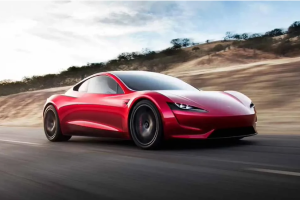May 08, 2024 – Samsung has recently announced the successful tape-out of its 3nm chip, marking a significant milestone in its readiness for large-scale chip production.
The company has collaborated with Synopsys to fine-tune the entire chip manufacturing process, aiming to maximize the chip yield. This partnership has resulted in the optimization of the production workflow, ensuring efficient and high-quality chip production.

Samsung’s first 3nm chip employs the Gate All Around (GAA) technology, specifically utilizing a design known as MCBFET, or Multi-Channel Bridge Field Effect Transistor. According to Samsung, this design offers significant improvements compared to traditional 3nm chips. The company claims that its 3nm GAA chips can reduce power consumption by up to 50% while also enhancing performance.
Furthermore, when compared to the previous 4nm FinFET process, the new 3nm chips offer a 20% to 30% improvement in energy efficiency and density. This advancement is expected to revolutionize the semiconductor industry, paving the way for more powerful and efficient devices.
Samsung plans to mass-produce its next-generation SoC, rumored to be the Exynos 2500. This chip is expected to debut in the upcoming Galaxy S25 series, competing directly with Qualcomm’s Snapdragon 8 Gen4 and MediaTek’s Dimensity 9400, both of which are manufactured using TSMC’s 3nm process.
In addition to flagship smartphones, Samsung’s Galaxy Watch 7 series of smartwatches are also likely to be powered by the new 3nm chips. This integration of advanced chip technology into wearable devices represents a significant step forward in the evolution of smart wearables, offering improved performance and battery life.
Overall, Samsung’s announcement marks a notable achievement in the semiconductor industry, demonstrating the company’s commitment to innovation and technological advancement. The successful tape-out of the 3nm chip paves the way for more efficient and powerful electronic devices in the near future.












